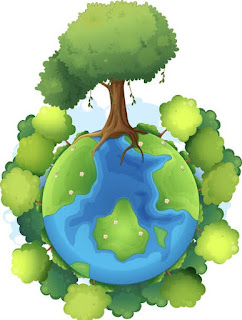THE humble barcode was born 43 years ago today when a pack of Juicy Fruit was scanned. But the original plan wasn’t for it to have straight lines at all.
 |
The barcode was born 43 years ago today.
A symbol so familiar we barely even register it’s there. Except, that is, when we’re at the self-serve checkout.
It is 43 years ago today that a humble pack of chewing gum ushered in the barcode and a brave new world of convenience. Could it’s days now finally be numbered?
On June 26, 1974, the first ever barcode was scanned as part of transaction. Today trillions of the codes, officially called Universal Product Code, exist worldwide.

Billions of barcodes are scanned each day.
“It was cheap and it was needed,” said George J. Laurer, who was an engineer at IBM who, in the 1970s, led a team looking at new checkout systems. “And it is reliable. Those three things probably contributed more than anything else.”
It revolutionised the world of retail and despite many attempts to dethrone it, the barcode has reigned supreme ever since.
The honour of scanning the first ever barcoded product went to 31-year-old Sharon Buchanan, a cashier at the Marsh supermarket in Troy, Ohio.
Wrigley's Juicy Fruit chewing gum, the first ever product to be scanned at a supermarket.Source:News Corp Australia
“I mean what if this doesn’t work? Everybody was there taking pictures, the photographers, the local press, people from around town.
“But it worked just fine. It was quite my 15 minutes of fame, I suppose.”
That first product was a pack of Wrigley’s Juicy Fruit chewing gum. The pack was gingerly passed over the scanner, the register went beep and 67c was rung up.
In that moment, shopping changed forever.

Norman Joseph Woodland, inventor of the barcode.Source:Supplied
Norman Joseph Woodland, the man credited with being the inventor of the barcode favoured a circular shape and ended patenting just such a round code.
From New Jersey, he had spent WWII working on the Manhattan Project — the top US secret plan to build the world’s first nuclear bomb.
When the war finished, he turned his head to more mundane matters. Matters that would, nonetheless, effect the everyday lives of far more people.

The original patent documentation for the barcode, lodged by Norman Woodland and Bernard Silver. Picture: USPTO.Source:Supplied
An inventor by trade, Mr Woodland, thought Morse code might have the answer with its series of dots and dashes to communicate information.
His epiphany came on a Miami Beach.
“What I’m going to tell you sounds like a fairy tale. I poked my four fingers into the sand and for whatever reason, I didn’t know, I pulled my hand toward me and drew four lines,” he told Smithsonian magazine.

A Sims supermarket in Melbourne was the first place in Australia where a barcode was scanned.Source:News Limited
The idea may have been born but the development had only just begun.
Myriad problems had to be overcome including the barcodes blurring due to the limitations of printing at the time and the sheer cost of scanners.
It was supermarket executive Alan Haberman who took Mr Woodland’s idea and, finally, in the 1970s made it a reality. He led the industry committee that got everyone to agree on one common standard for the code.
He also sifted through the various curves, dots and bullseyes and settled on straight lines as the preferred shape of the barcode.
It took just five years for the barcode to get to Australia.
The first supermarket to scan the US invention was Sims in Melbourne’s western suburbs. The chain still exists to this day trading under the IGA name.

There are no registers at Amazon Go stores so do you even need a barcode to scan? Picture: David Ryder/Getty Images/AFPSource:AFP
Today, at least 10 billion barcodes are scanned each and every day across the globe.
However, could it all be about to come to an end?
Amazon’s newfangled Go stores are supermarkets without check-outs. Customers simply pick up the products they want, put them in a bag and walk out. The total amount is automatically deducted from their Amazon account.
As such, bar codes may now longer be needed on products.
But, before the barcode’s obituary is written just yet, consider this. When you go to Amazon Go you still have to download a code to your phone and scan when entering the store. Maybe there’s life in the old barcode yet.











No comments:
Post a Comment